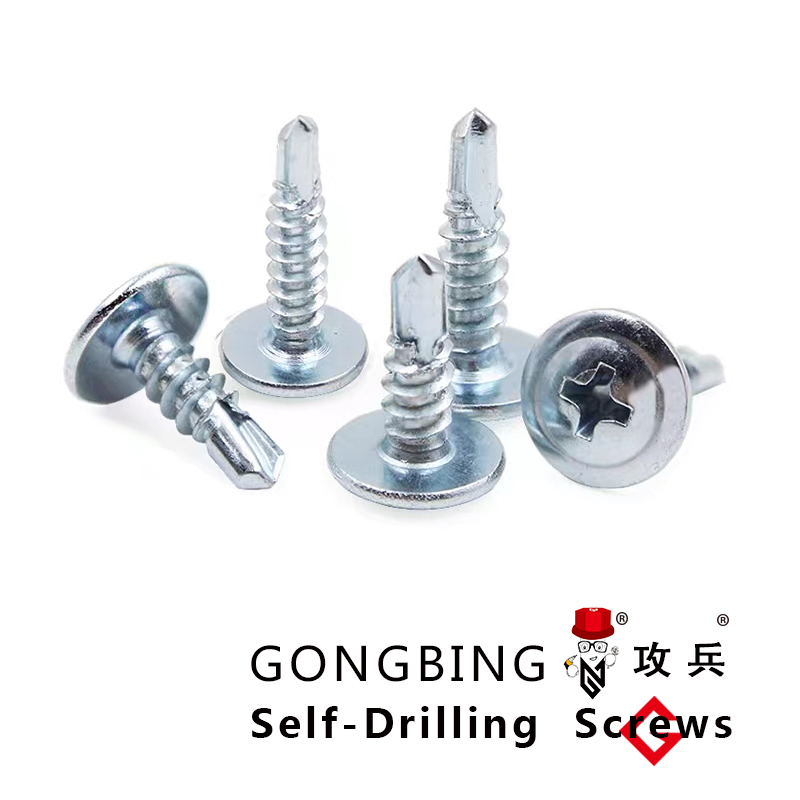mudsill anchor bolts
Understanding Mudsill Anchor Bolts An Essential Component for Structural Integrity
When it comes to construction and structural engineering, the stability and longevity of a building heavily rely on its foundational elements. One such critical element is the mudsill, a horizontal board that provides a base for the vertical framing of a structure. To secure the mudsill to its foundation, builders frequently use mudsill anchor bolts. This article delves into the importance of mudsill anchor bolts, their installation processes, and best practices to ensure structural integrity.
What are Mudsill Anchor Bolts?
Mudsill anchor bolts, also known as sill plate anchors, are heavy-duty fasteners that connect the mudsill, typically made of treated wood, to the concrete foundation underneath. These bolts are essential for preventing lateral movement in the structure, which can be caused by environmental conditions such as winds or seismic activity. By anchoring the wood to the concrete, mudsill anchor bolts play a pivotal role in maintaining the alignment and overall stability of the building.
The Importance of Proper Installation
The installation of mudsill anchor bolts is a crucial step in the construction process that should not be overlooked
. Properly placed and secured bolts help ensure the safety and durability of the structure. During the installation phase, the bolts should be set in the concrete before it completely cures, often embedded vertically or at a slight angle to provide maximum anchorage.It is recommended to use a minimum of two anchor bolts for each mudsill section, spaced no more than 6 feet apart. Additionally, each end of the mudsill should be secured with at least one anchor bolt. Every building code may provide specific requirements regarding bolt size, spacing, and embedment depth, so it is essential for builders to adhere closely to local regulations.
Types of Mudsill Anchor Bolts
mudsill anchor bolts

Mudsill anchor bolts come in several variants, including
1. Standard Anchor Bolts Typically made of steel, these bolts are available in various lengths and diameters, allowing them to cater to different construction needs.
2. L-Shaped and J-Shaped Bolts These specialized shapes provide additional anchorage and prevent the mudsill from lifting during extreme weather conditions.
3. Epoxy-Set Bolts For projects needing enhanced corrosion resistance, epoxy-set bolts may be utilized. These bolts are installed within drilled holes filled with epoxy, providing a strong bond to the concrete.
Maintenance and Inspection
Regular maintenance and inspection of mudsill anchor bolts are paramount to ensure long-lasting performance. Over time, disintegration of the concrete or deterioration of the wooden mudsill may compromise the effectiveness of the anchor bolts. Builders and property owners should routinely check for signs of wear, moisture damage, or rust on the bolts. Replacement or reinforcement may be needed to uphold structural integrity, especially in areas prone to extreme weather or seismic activity.
Conclusion
Mudsill anchor bolts play a fundamental role in the safety and durability of buildings by securely attaching the mudsill to the foundation. Understanding their significance, ensuring proper installation, and adhering to maintenance guidelines are essential practices for builders and property owners alike. By doing so, the structural integrity of a home or building can be preserved, offering peace of mind for years to come. In a world where construction standards continuously evolve, remaining informed about such critical components can make all the difference in creating safe, resilient structures.
-
Weatherproof Plastic Expansion Anchors for OutdoorNewsJun.06,2025
-
Sustainability in the Supply Chain: Eco-Friendly TEK Screws ProductionNewsJun.06,2025
-
Load-Bearing Capacity of External Insulation FixingsNewsJun.06,2025
-
Double Head Bolts: Enhancing Efficiency in Industrial MachineryNewsJun.06,2025
-
Corrosion Resistance in Chipboard Screws: Coatings for Wholesale DurabilityNewsJun.06,2025
-
Butterfly Toggle Bolts : Enhancing Structural ResilienceNewsJun.06,2025
